Home>Garden Essentials>Lawn Care: When To Use Lime
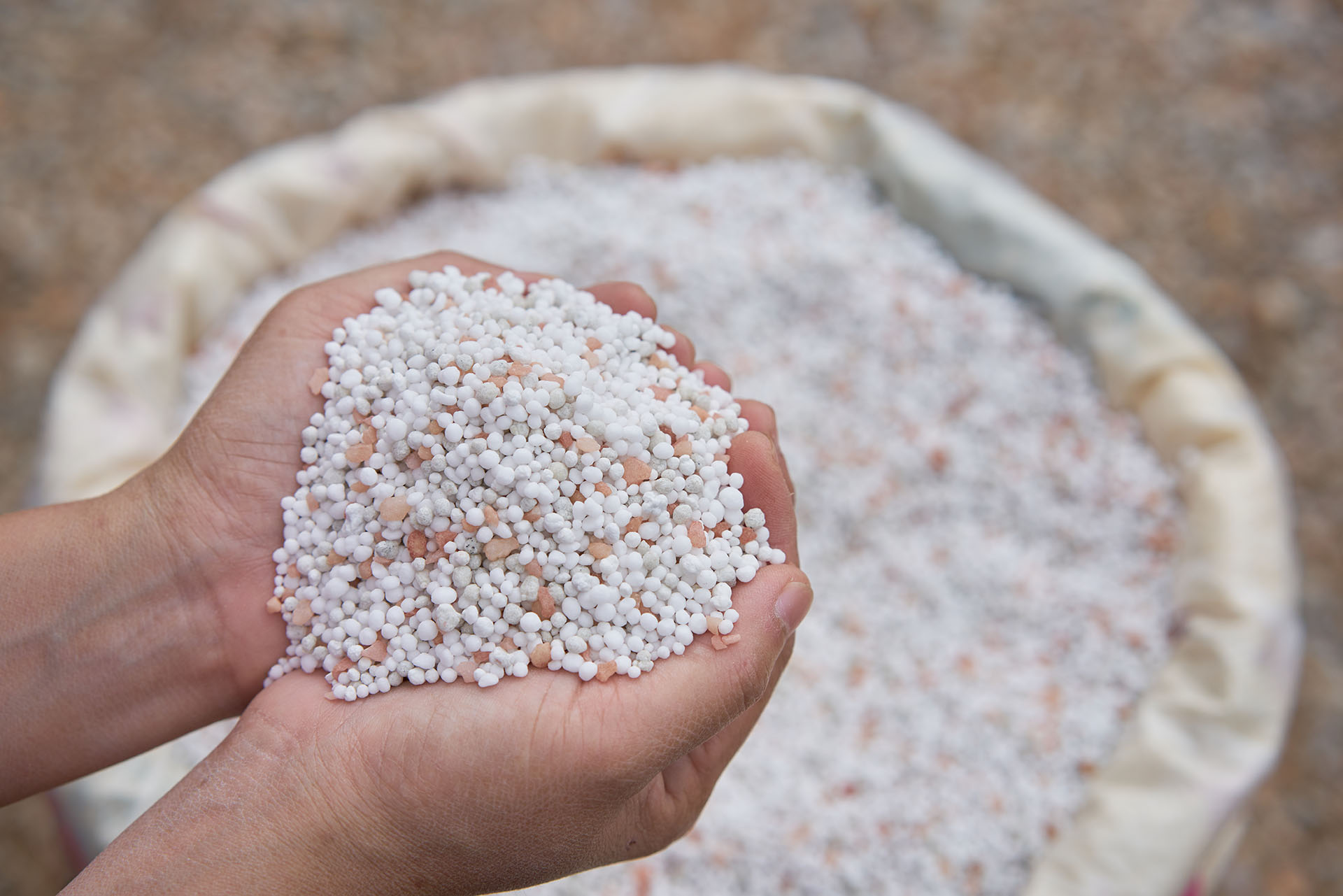

Garden Essentials
Lawn Care: When To Use Lime
Modified: October 20, 2024
Ensure a thriving garden with our comprehensive lawn care guide. Learn when to use lime to enhance soil quality and promote healthy plant growth.
(Many of the links in this article redirect to a specific reviewed product. Your purchase of these products through affiliate links helps to generate commission for Storables.com, at no extra cost. Learn more)
Introduction
Gardening enthusiasts and homeowners alike understand the importance of a beautiful and vibrant lawn. A lush green expanse provides a welcoming ambiance, enhances property value, and offers a relaxing space for outdoor activities. But achieving and maintaining a healthy lawn requires more than regular watering and mowing; it requires proper care and attention to the soil’s pH levels.
In order to optimize growth and ensure your lawn’s health, it’s crucial to keep the soil pH balanced. Soil pH, measured on a scale from 0 to 14, indicates how acidic or alkaline the soil is. Neutral soil has a pH of 7, while values below 7 indicate acidity, and values above 7 indicate alkalinity. Most grass types thrive in slightly acidic to neutral soil, with a pH range of 6 to 7.
One common method to adjust and maintain the soil’s pH levels is by using lime. This natural compound, derived from crushed limestone or chalk, is an effective tool in raising soil pH. Incorporating lime into your lawn care routine helps to create ideal growing conditions, promotes nutrient availability, and improves grass health.
However, determining when and how to use lime requires a good understanding of your lawn’s specific needs. This article aims to provide you with the necessary insights and guidelines to effectively use lime in your lawn care practices.
Key Takeaways:
- Lime helps balance soil pH, promoting healthy grass growth. It enhances nutrient availability, root development, and soil structure, creating an optimal environment for a vibrant lawn.
- Applying lime at the right time and in the correct amounts is crucial. It’s important to monitor soil pH, follow recommended application methods, and consider precautions for safe and effective lawn care.
Understanding Soil pH
Before delving into the use of lime in lawn care, it’s important to understand the significance of soil pH and its impact on plant growth. Soil pH directly affects nutrient availability in the soil, as well as the overall health and vigor of plants.
Soil pH is a measure of the concentration of hydrogen ions in the soil. It is logarithmic, meaning that each unit change on the pH scale represents a ten-fold difference in acidity or alkalinity. For example, a soil with a pH of 6 is ten times more acidic than a soil with a pH of 7.
Most plants have specific pH preferences in which they thrive best. Different grass types have varying pH requirements, but most cool-season grasses prefer a slightly acidic to neutral pH range of 6.0 to 7.0. When the soil is too acidic or alkaline, it can hinder nutrient absorption by the plants, leading to stunted growth, discoloration, and increased susceptibility to diseases and pests.
Moreover, soil pH influences the activity of microorganisms in the soil. Beneficial soil microorganisms play a vital role in breaking down organic matter, releasing nutrients, and improving soil structure. A balanced pH fosters a healthy soil ecosystem, allowing these microorganisms to thrive and carry out their beneficial functions.
Testing the soil pH is an essential step in understanding the current state of your lawn’s soil. Soil testing kits can be purchased from garden centers and nurseries, or you can opt to send a soil sample to a professional laboratory for more accurate results. Knowing your soil’s pH enables you to make informed decisions on how to adjust it and provide the ideal growing conditions for your lawn.
What is Lime?
Lime is a natural compound commonly used in gardening and agriculture to adjust and regulate soil pH levels. It is derived from limestone, a sedimentary rock composed mostly of calcium carbonate, and is available in different forms, including ground limestone, calcitic lime, and dolomitic lime.
Ground limestone, also known as agricultural lime or garden lime, is the most common form of lime used in lawn care. It is finely ground to a powder or granules, making it easy to spread evenly across the lawn. Calcitic lime and dolomitic lime are variations of ground limestone that contain different amounts of calcium carbonate and magnesium carbonate, respectively.
Lime has the ability to neutralize soil acidity by raising the pH level. It does so by releasing calcium ions, which displace the acidic hydrogen ions, thereby increasing the soil’s alkalinity. In addition to adjusting pH, lime also provides some essential plant nutrients, including calcium and magnesium.
Calcium is a vital nutrient for plants as it is involved in various physiological processes, such as cell division, nutrient uptake, and enzyme activation. Magnesium, on the other hand, is a component of chlorophyll, the pigment responsible for photosynthesis. Both calcium and magnesium contribute to overall plant health and vigor.
When selecting the type of lime to use, consider the current pH of your soil and any nutrient deficiencies it may have. Calcitic lime, composed primarily of calcium carbonate, is recommended for acidic soils that lack calcium. On the other hand, dolomitic lime, which contains both calcium and magnesium carbonates, is suitable for soils deficient in both calcium and magnesium.
It’s worth noting that while lime is effective in adjusting pH and supplying nutrients, it is not a quick fix solution. The process of raising the soil pH with lime is gradual and can take several months to see significant results. Therefore, it is important to plan ahead and be patient when incorporating lime into your lawn care routine.
Why Use Lime in Lawn Care?
Lime plays a crucial role in lawn care by providing numerous benefits to the soil and promoting the overall health and vitality of your lawn. Here are some compelling reasons to incorporate lime into your lawn care practices:
- Adjusts Soil pH: One of the primary reasons to use lime is to adjust soil pH levels. As mentioned earlier, most grass types prefer a slightly acidic to neutral pH range of 6.0 to 7.0. Lime helps to raise the pH of acidic soils, making them more alkaline and creating an optimal growing environment for the grass.
- Enhances Nutrient Availability: Soil pH directly influences nutrient availability. When the soil is too acidic or alkaline, certain nutrients may become chemically bound and less available to plants. Lime helps to neutralize the soil, unlocking essential nutrients such as nitrogen, phosphorus, and potassium, allowing the grass to access them more effectively.
- Promotes Healthy Root Development: Balanced soil pH ensures that essential nutrients are readily available to the grass roots. This promotes healthy root development, allowing the roots to absorb water and nutrients efficiently. Strong and healthy roots lead to vigorous growth, better drought tolerance, and improved overall plant health.
- Improves Soil Structure: Lime contributes to soil structure and texture by reducing soil compaction. Acidic soils tend to become compacted over time, hindering water drainage and air circulation. By raising the pH, lime helps to break down compacted soil particles, resulting in improved soil structure, better water infiltration, and enhanced root penetration.
- Enhances Microbial Activity: Soil microorganisms, such as bacteria and fungi, play a vital role in decomposing organic matter and cycling nutrients in the soil. Lime creates a favorable environment for beneficial soil microorganisms, promoting their growth and activity. This, in turn, improves nutrient availability and overall soil health.
By incorporating lime into your lawn care routine, you are not only creating an optimal environment for your grass to thrive but also supporting the long-term health and sustainability of your lawn. With regular use of lime, you can maintain a balanced soil pH and ensure that your lawn remains vibrant, lush, and resilient.
Determining the Need for Lime
While lime can provide numerous benefits to your lawn, it is essential to determine whether your soil actually requires lime before applying it. Applying lime when it is not necessary can potentially harm your lawn and lead to nutrient imbalances. Here are some methods to help you determine if your soil needs lime:
- Soil pH Testing: The most accurate way to assess your soil’s pH is through a soil test. Soil testing kits can be purchased from garden centers or you can send a soil sample to a professional laboratory. The test results will indicate the current pH as well as any nutrient deficiencies or imbalances.
- Observing Plant Growth: Pay attention to the overall health and growth of your lawn. If you notice stunted growth, yellowing of leaves, or poor grass vigor, it could be an indication of nutrient deficiencies and an imbalanced pH. However, these symptoms can also be caused by other factors, so it is best to rely on a soil test for a more accurate assessment.
- Know Your Region: Different regions have varying soil characteristics and natural pH levels. Research the typical pH range for your area and grass types commonly grown in your region. This can give you a general idea of whether your soil is likely to be acidic or alkaline.
- Consider Your Lawn’s History: If you have recently acquired a property or are establishing a new lawn, it is helpful to know the history of the site. If the previous owner had a history of struggling with nutrient deficiencies, poor growth, or acidic soil, it might be worth considering a soil test to assess the need for lime.
It is important to note that soil pH can vary throughout your lawn, so consider taking multiple soil samples from different areas and averaging the results. Additionally, soil pH can change over time due to factors such as rainfall, fertilizer applications, and organic material decomposition, so regular monitoring is recommended.
By understanding your soil’s pH needs, you can accurately determine whether lime is necessary for your lawn. This knowledge will enable you to make informed decisions about lime application and ensure that your lawn receives the proper care and nutrients it requires for optimal growth and health.
Tip: Apply lime to your lawn in the fall or spring to raise the pH level of acidic soil, promoting healthier grass growth. Test your soil first to determine the amount of lime needed.
Read also: 13 Best Lime For Lawns For 2025
When to Use Lime
Lime should be applied at the right time to maximize its effectiveness and ensure the health of your lawn. Here are some scenarios where using lime is recommended:
- After Soil Testing: If a soil test reveals that your soil pH is below the desired range for your grass type, it is a clear indication that lime is needed. The test results will indicate the amount of lime required to raise the pH to the optimal level.
- During Fall or Early Spring: Fall and early spring are ideal times to apply lime to your lawn. These seasons provide enough time for the lime to react and adjust the soil pH before the active growth period. It is best to avoid applying lime during excessively hot or dry conditions, as it may not have enough time to properly react and may potentially damage the grass.
- When Overseeding or Establishing a New Lawn: When overseeding an existing lawn or establishing a new lawn, it is advisable to apply lime beforehand. This ensures that the soil pH is balanced before the new grass seed is sown or laid, creating favorable conditions for germination and establishment.
- As a Preventive Measure: If you have consistently acidic soil or have experienced recurring nutrient deficiencies in the past, you can proactively add lime to your lawn on a regular basis. This helps maintain a balanced pH and prevent potential issues before they occur. However, it is still advisable to periodically test the soil to ensure the lime is being applied in the correct amounts.
It is important to follow the recommended application rates and guidelines specific to the type of lime you are using. Over-application of lime can lead to excessively alkaline soil, which can be just as detrimental to your lawn’s health as acidic soil.
Remember that the effects of lime take time to manifest, so be patient and allow several months for the lime to fully react and adjust the soil pH. Regular monitoring and testing of the soil will help you determine if additional lime applications are necessary in the future.
By applying lime at the right time and in the correct amounts, you can ensure the optimal health, growth, and longevity of your lawn.
Application Methods of Lime
There are a few different methods for applying lime to your lawn, each with its own advantages and considerations. The choice of application method depends on the size of your lawn, the availability of equipment, and personal preference. Here are some common methods for applying lime:
- Hand Application: For small lawns or specific areas that require lime, hand application can be an effective method. Wear gloves and use a spreader or your hands to evenly distribute the lime on the surface of the soil. Rake the area lightly afterward to ensure the lime is incorporated into the soil. This method is more time-consuming for larger areas but is suitable for targeted applications.
- Broadcast Spreader: A broadcast spreader is a popular choice for larger lawns. These spreaders can be pushed or towed behind a garden tractor or ATV. Fill the spreader with the recommended amount of lime and adjust the spreader’s settings according to the manufacturer’s instructions. Walk in a back-and-forth pattern while operating the spreader, ensuring even coverage of the lime across the entire lawn.
- Drop Spreader: Similar to a broadcast spreader, a drop spreader is another option for distributing lime evenly. This type of spreader drops the lime straight down onto the lawn, resulting in more precise application. Drop spreaders are particularly useful when dealing with small or irregularly shaped areas, as they minimize the risk of lime overspill onto non-targeted areas.
- Aerating and Overseeding: If you plan to aerate and overseed your lawn, it can be an opportune time to apply lime. The aerating process creates holes in the soil, allowing the lime to penetrate deeper and reach the root zone. Spread the lime after aerating the lawn, followed by overseeding. This method ensures that the lime is incorporated into the soil during the overseeding process.
Regardless of the application method you choose, it is important to follow the recommended application rates provided by the manufacturer. Use caution when handling lime to avoid direct contact with skin and eyes. Additionally, consider wearing protective clothing, such as gloves and a mask, during the application process.
After applying lime, lightly water the lawn to help the lime dissolve and sink into the soil. This will aid in the reaction process and ensure better distribution throughout the root zone.
Regular monitoring of the soil pH and periodic soil testing will help you determine the need for future lime applications. It is recommended to reapply lime every one to three years, depending on the soil conditions and pH levels.
By choosing the appropriate application method and applying lime correctly, you can effectively ensure a balanced soil pH and promote the health and vitality of your lawn.
Precautions and Considerations
While lime is generally safe to use in lawn care, there are a few precautions and considerations to keep in mind to ensure its effective and safe application. Here are some important factors to consider:
- Protective Gear: When handling lime, it is important to take necessary precautions to protect yourself. Wear gloves, long sleeves, long pants, and closed-toe shoes to prevent direct contact with the skin. Consider wearing safety goggles and a mask to protect your eyes and respiratory system from lime dust.
- Environmental Impact: While lime can improve the health of your lawn, it is essential to be mindful of its potential impact on the environment. Avoid spreading lime near bodies of water, as it can raise the pH and affect aquatic life. Additionally, excessive application of lime can cause nutrient imbalances in the soil and harm other plant species.
- Correct Dosage: It is crucial to follow the recommended dosage guidelines provided by the manufacturer or based on soil test recommendations. Applying too much lime can lead to excessively alkaline soil, which could negatively affect the health of your lawn. Applying too little lime may not fully adjust the pH, resulting in limited benefits.
- Proper Timing: Applying lime at the right time is important for its effectiveness. Fall and early spring are generally suitable times to apply lime, as these seasons allow ample time for the lime to react and adjust the soil pH before the active growth period. Avoid applying lime during hot, dry periods, as it may not have sufficient time to properly react and may harm the grass.
- Soil Testing: Conducting regular soil tests is essential for understanding your lawn’s pH levels and nutrient requirements. Soil testing kits can be purchased from gardening centers, or you can consult a professional laboratory. Testing before and after applying lime allows you to monitor changes in pH and adjust lime applications accordingly.
- Consider Other Soil Amendments: Lime is effective for adjusting soil pH, but it may not address other soil issues such as nutrient deficiencies or imbalances. Depending on the results of your soil test, you may need to incorporate additional soil amendments or fertilizers to ensure optimal nutrient availability for your lawn.
It is also important to carefully read and follow the instructions provided by the lime manufacturer, as they may differ depending on the type of lime being used.
By taking these precautions and considerations into account, you can safely and effectively use lime in your lawn care practices, ensuring the long-term health and vitality of your lawn while minimizing any potential negative impacts.
Conclusion
In conclusion, lime is a valuable tool in maintaining a healthy and vibrant lawn. By understanding the importance of soil pH and the benefits of using lime, you can effectively optimize the growing conditions for your grass and promote long-term lawn health.
The process begins with understanding your soil’s pH through regular soil testing. This allows you to determine whether your lawn requires the application of lime in order to adjust the pH to the optimal range for your grass type. Additionally, observing your lawn’s growth patterns and considering regional soil characteristics can provide valuable insights into the need for lime.
When applying lime, it is essential to follow the recommended application methods and rates specific to your lawn’s requirements. Whether you choose a hand application, a broadcast spreader, a drop spreader, or incorporate lime during aeration and overseeding, proper application techniques will ensure an even spread of lime across the lawn.
Precautions and considerations should be taken into account when handling and applying lime. Wearing protective gear, being mindful of the environmental impact, using the correct dosage, applying lime at the appropriate time, and considering other soil amendments are all important factors to keep in mind.
Regular soil testing, periodic monitoring, and adjusting lime applications as needed will help maintain a balanced pH and ensure long-term lawn health. Remember that lime is not an instant solution, and it may take several months to see the full effects on your soil.
Incorporating lime into your lawn care routine can provide numerous benefits, including optimal nutrient availability, enhanced root development, improved soil structure, and increased microbial activity. By carefully considering the needs of your lawn and following proper application methods, you can enjoy a lush, vibrant, and healthy lawn for years to come.
Frequently Asked Questions about Lawn Care: When To Use Lime
Was this page helpful?
At Storables.com, we guarantee accurate and reliable information. Our content, validated by Expert Board Contributors, is crafted following stringent Editorial Policies. We're committed to providing you with well-researched, expert-backed insights for all your informational needs.
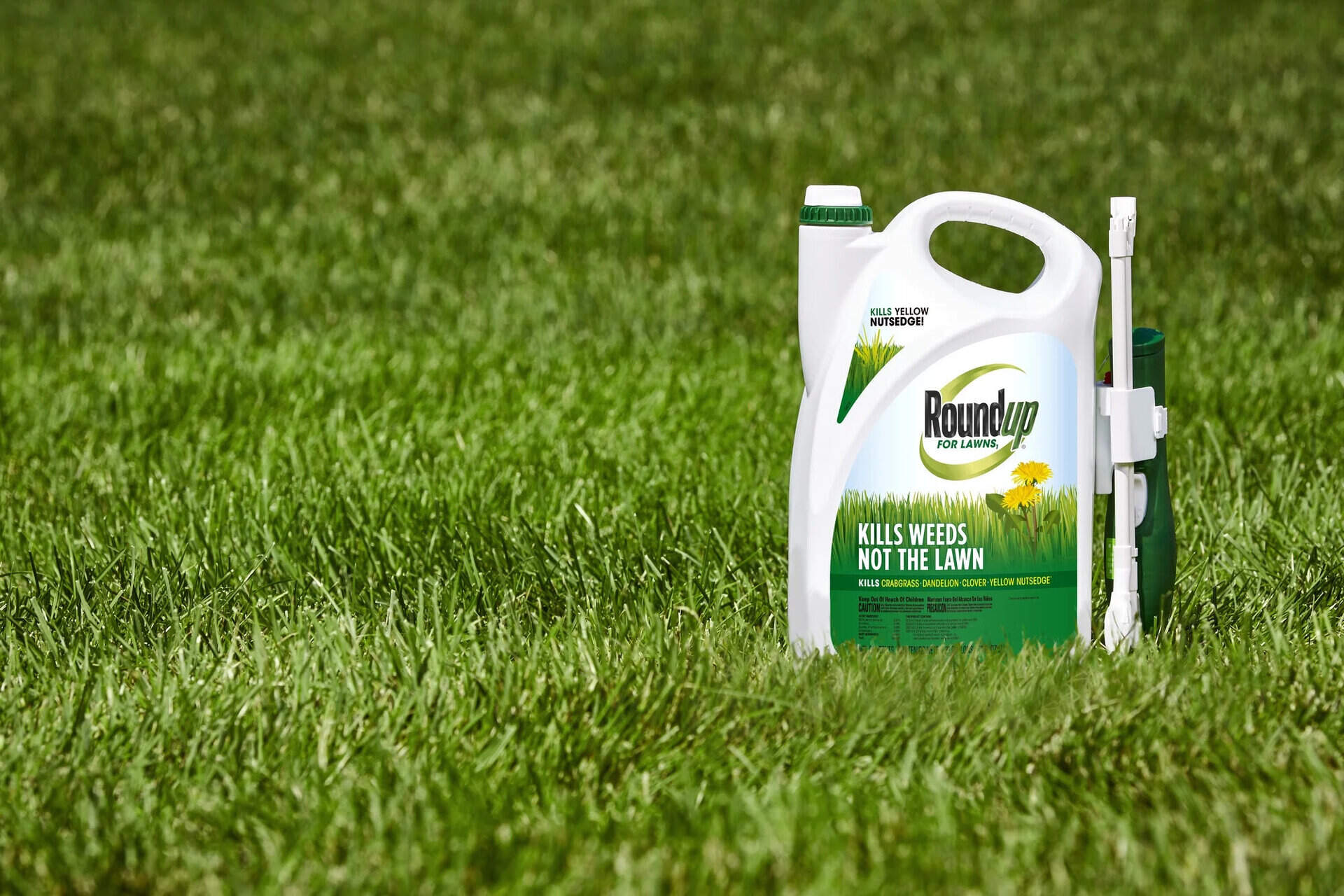
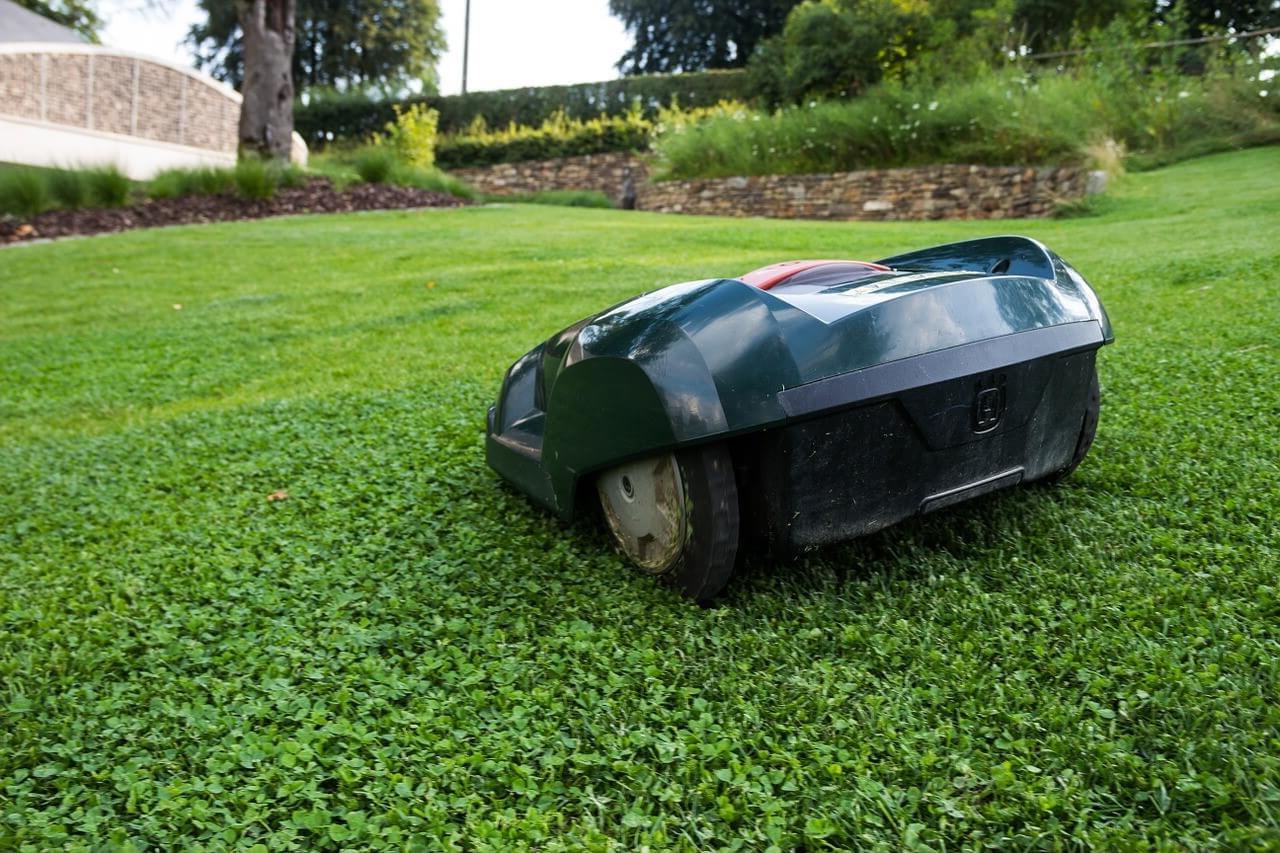
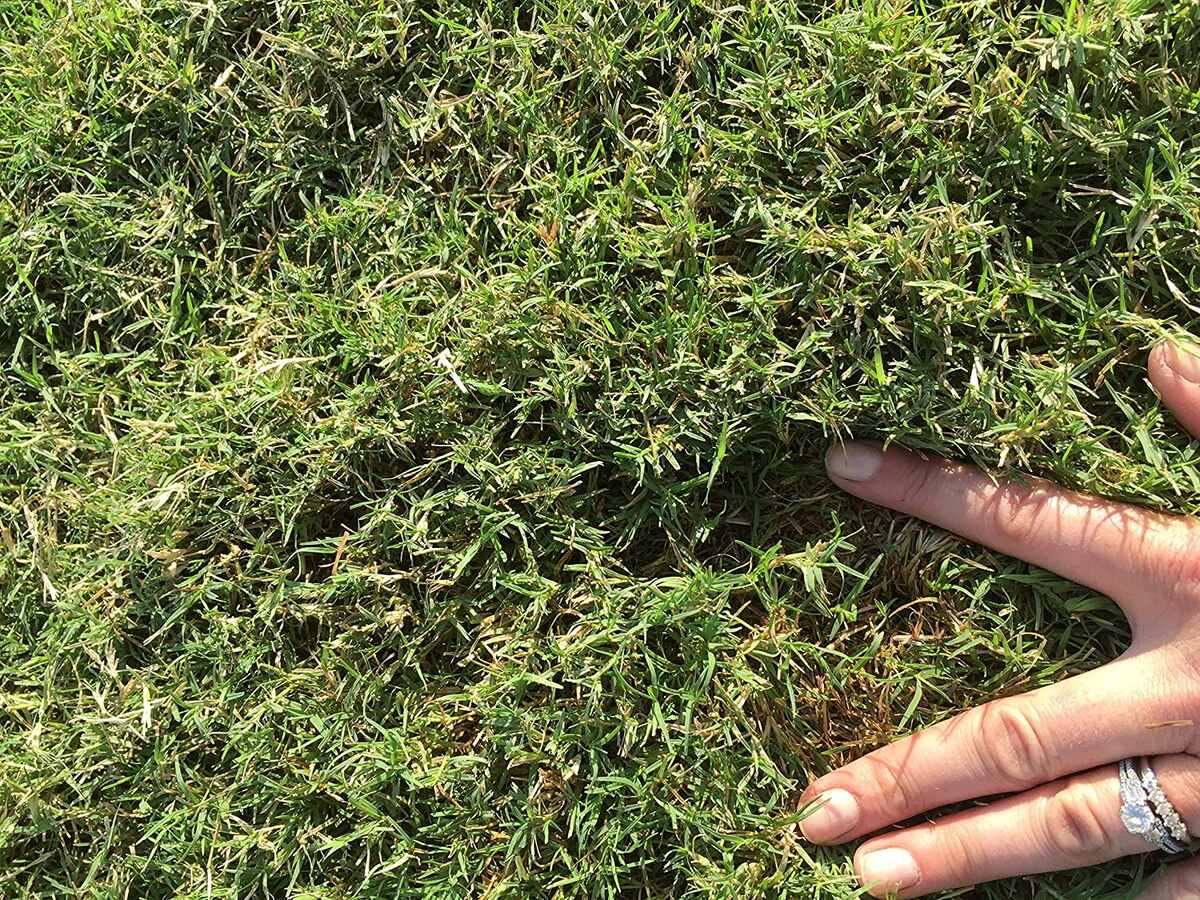
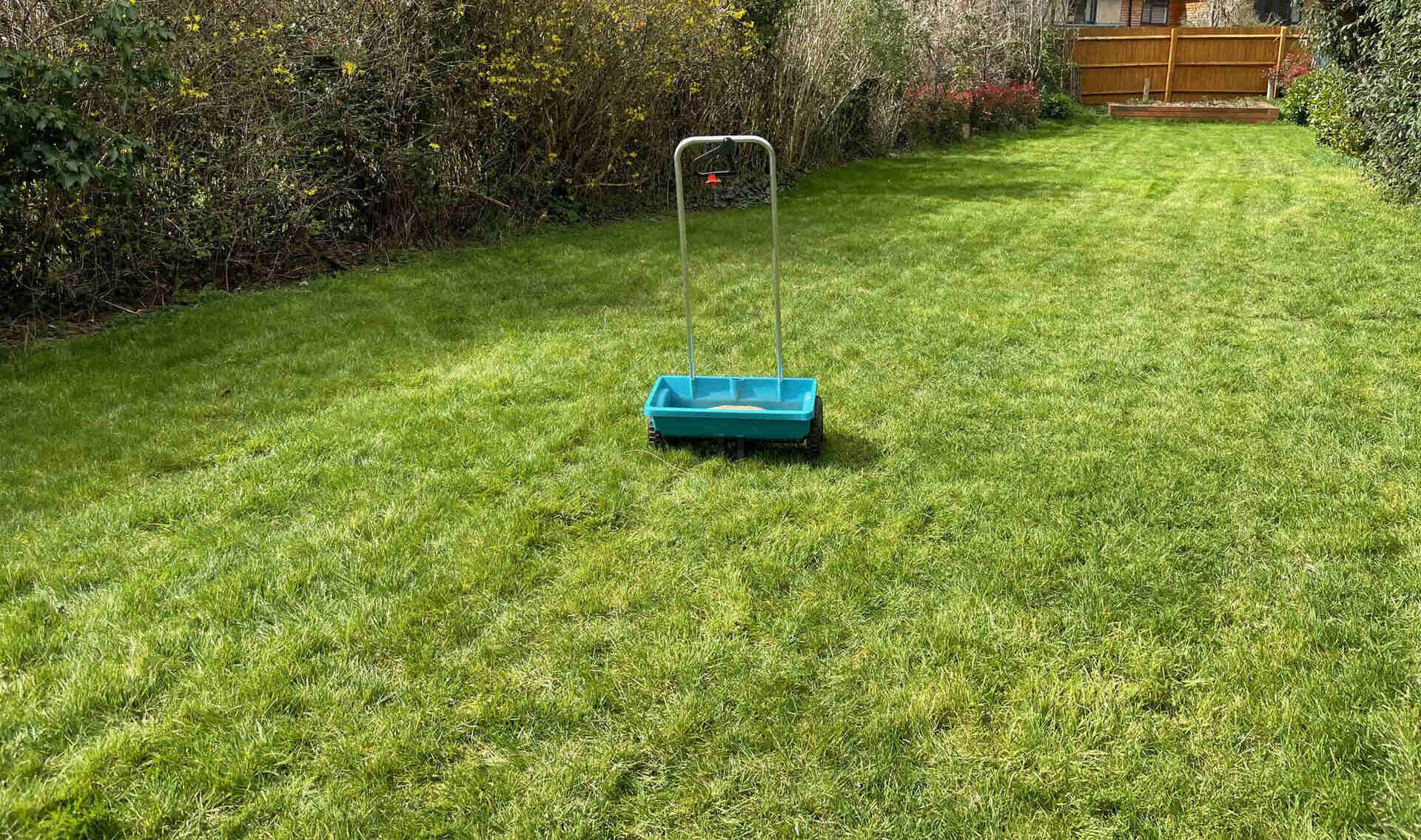
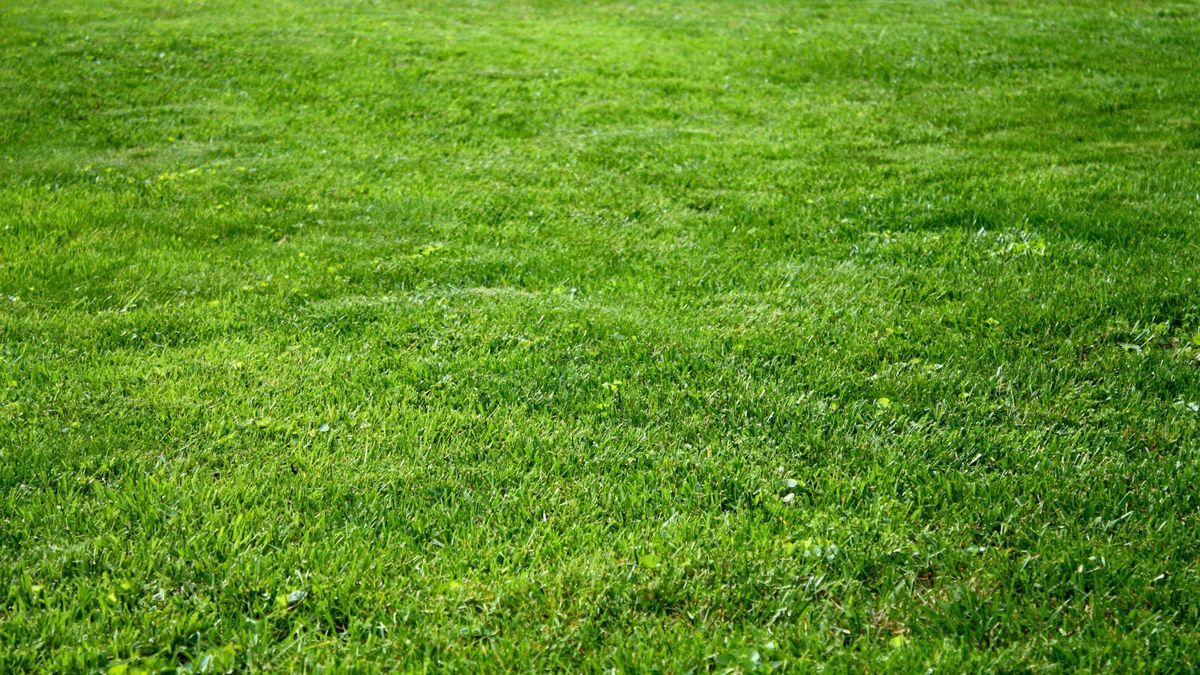
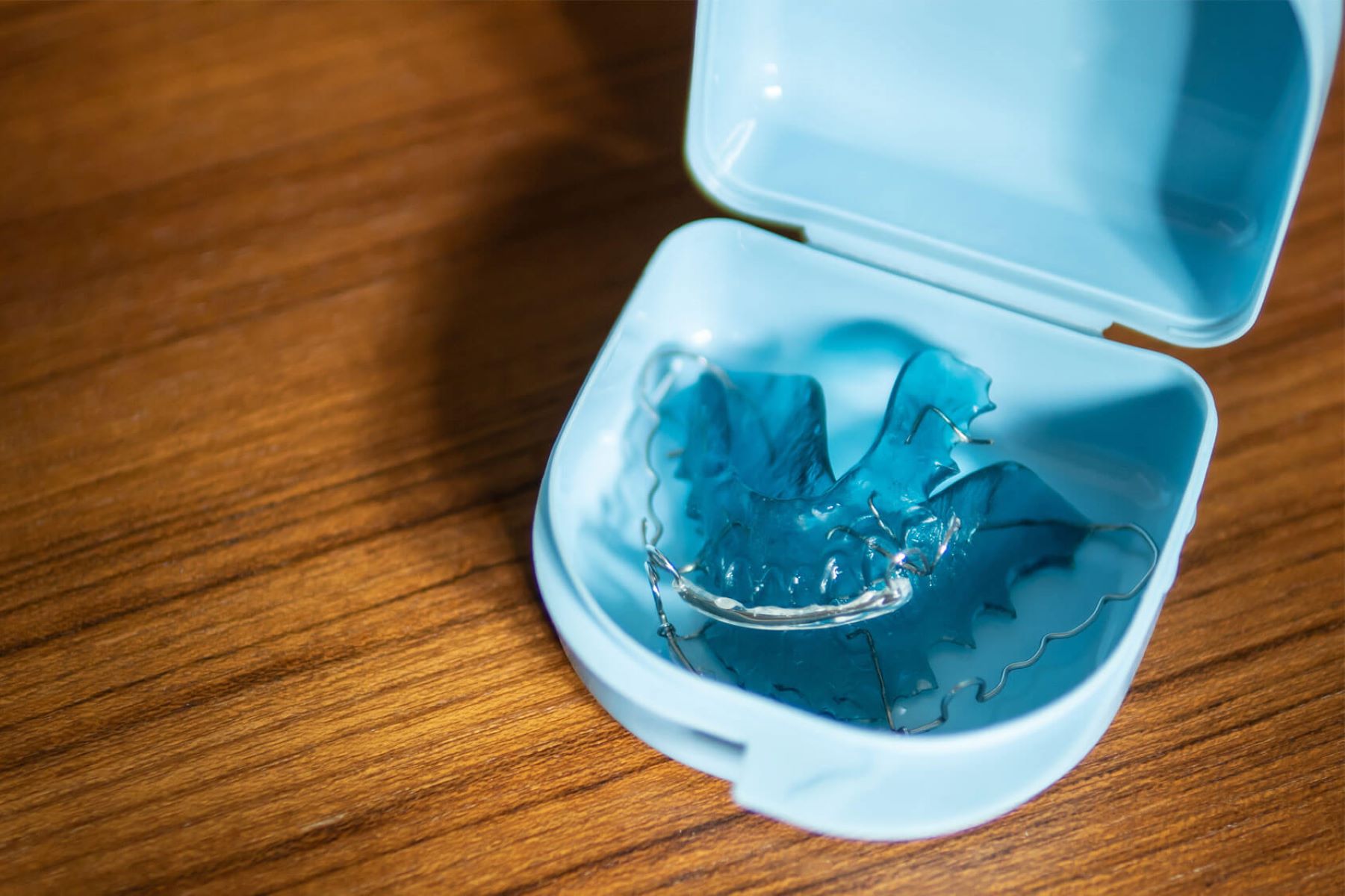

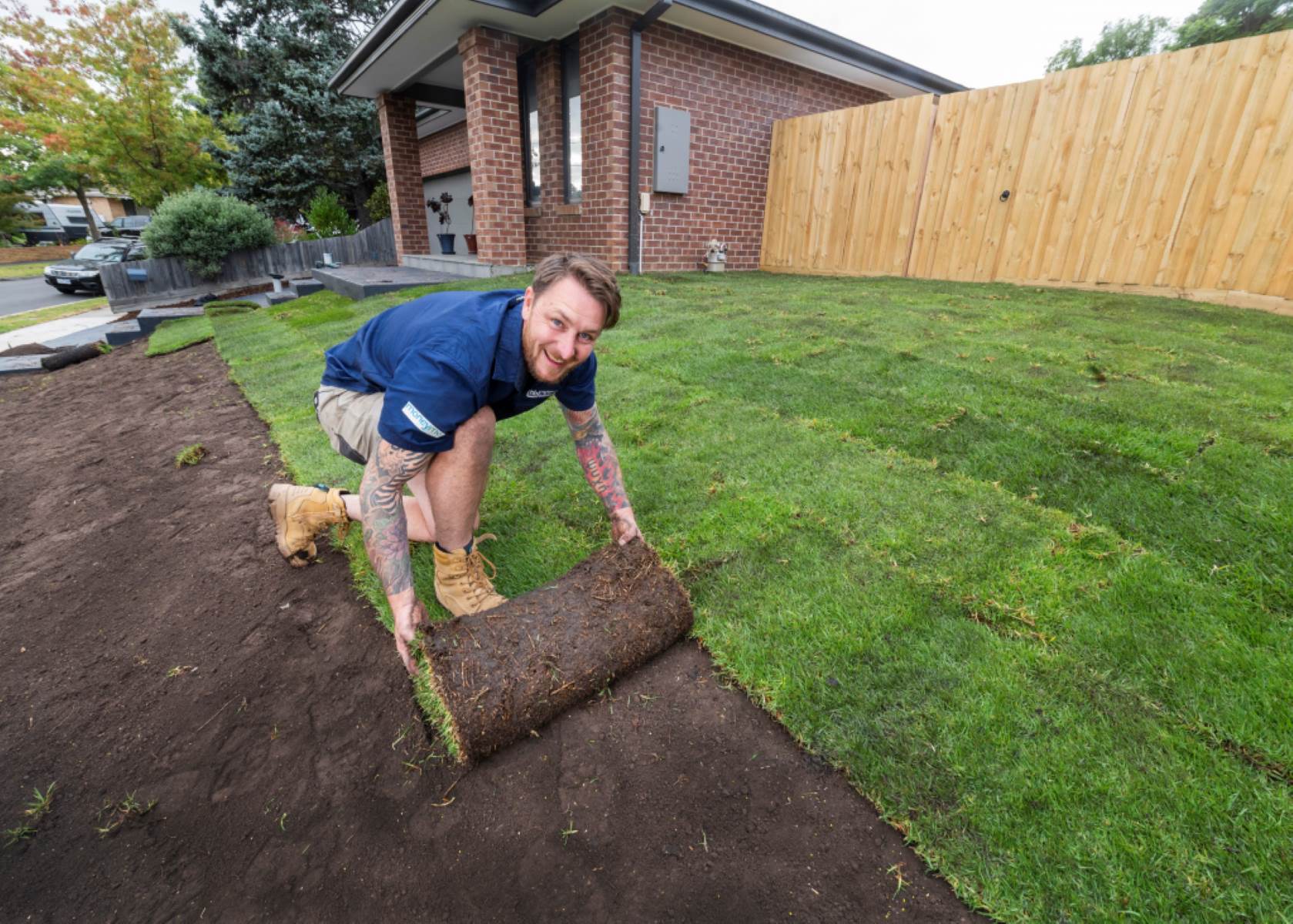
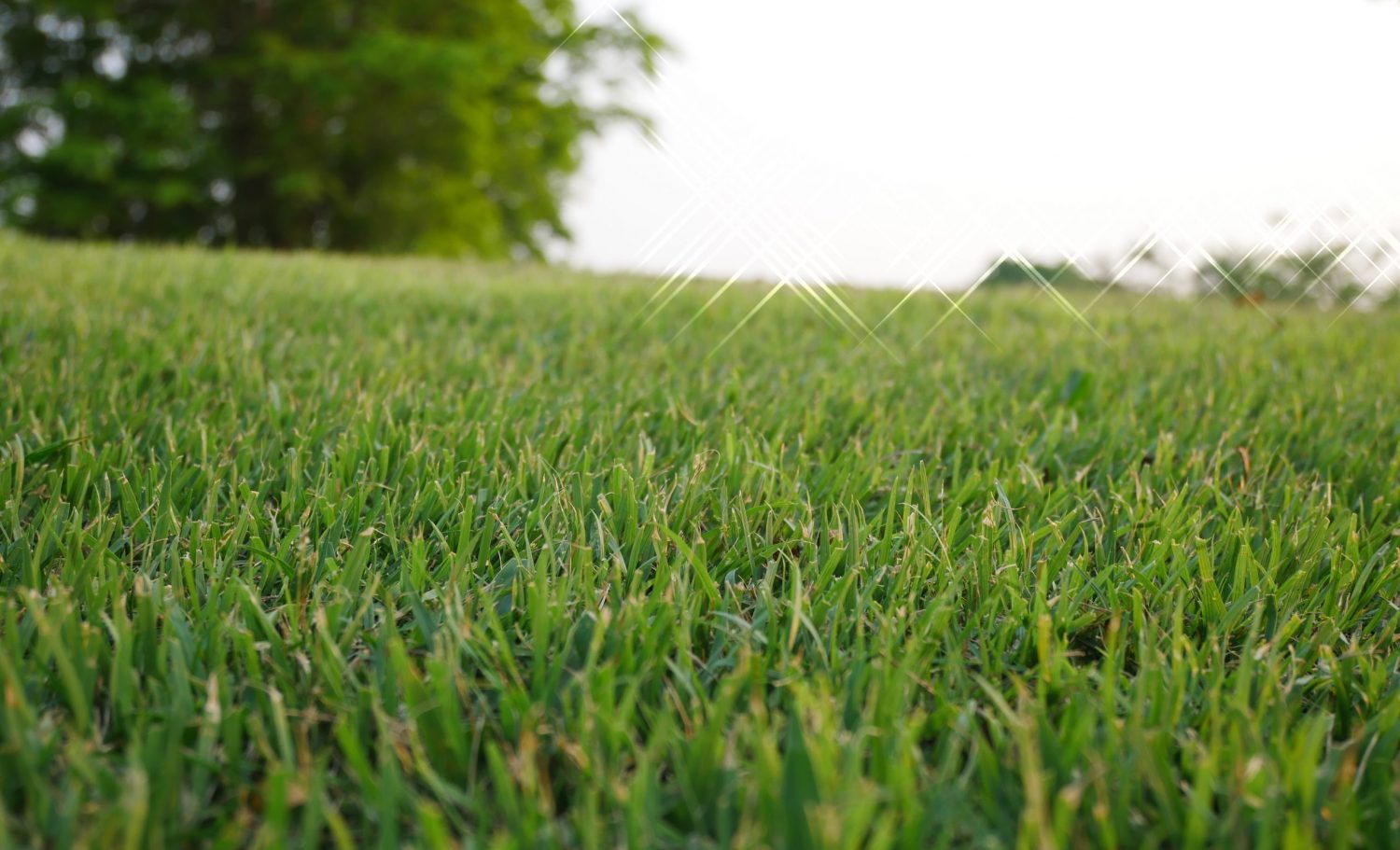

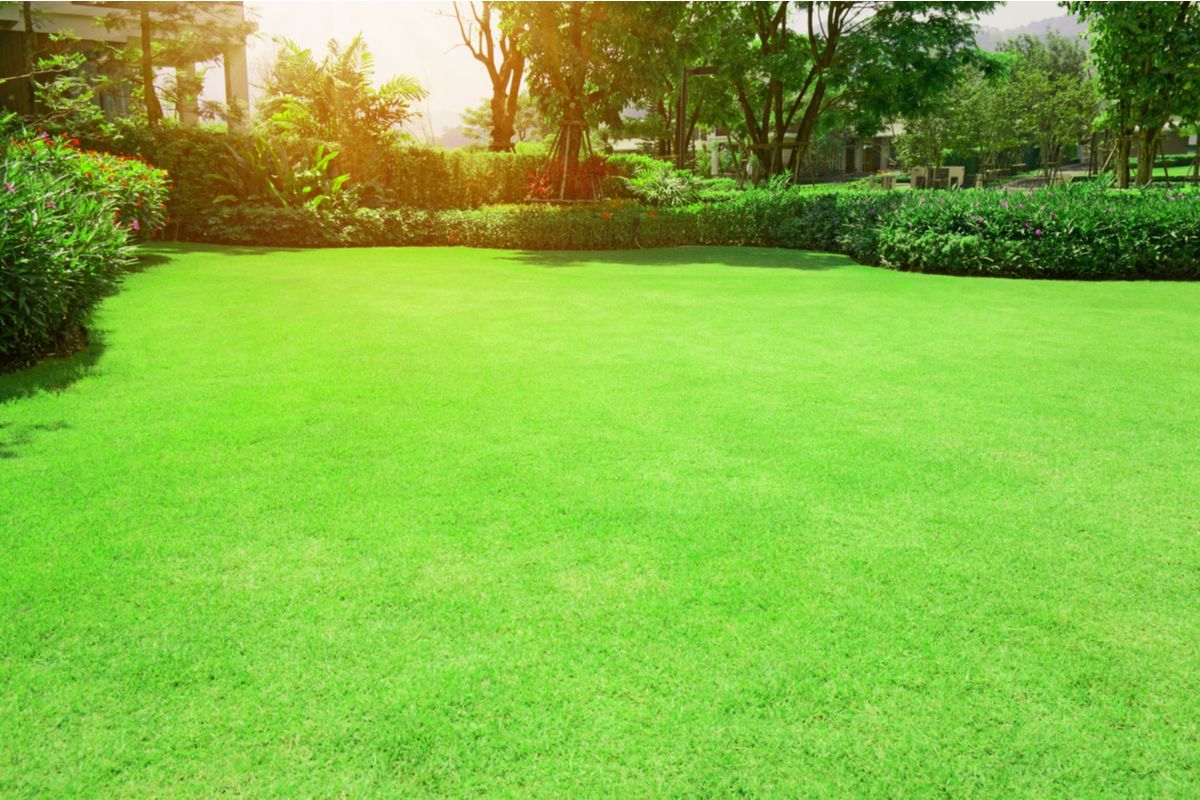
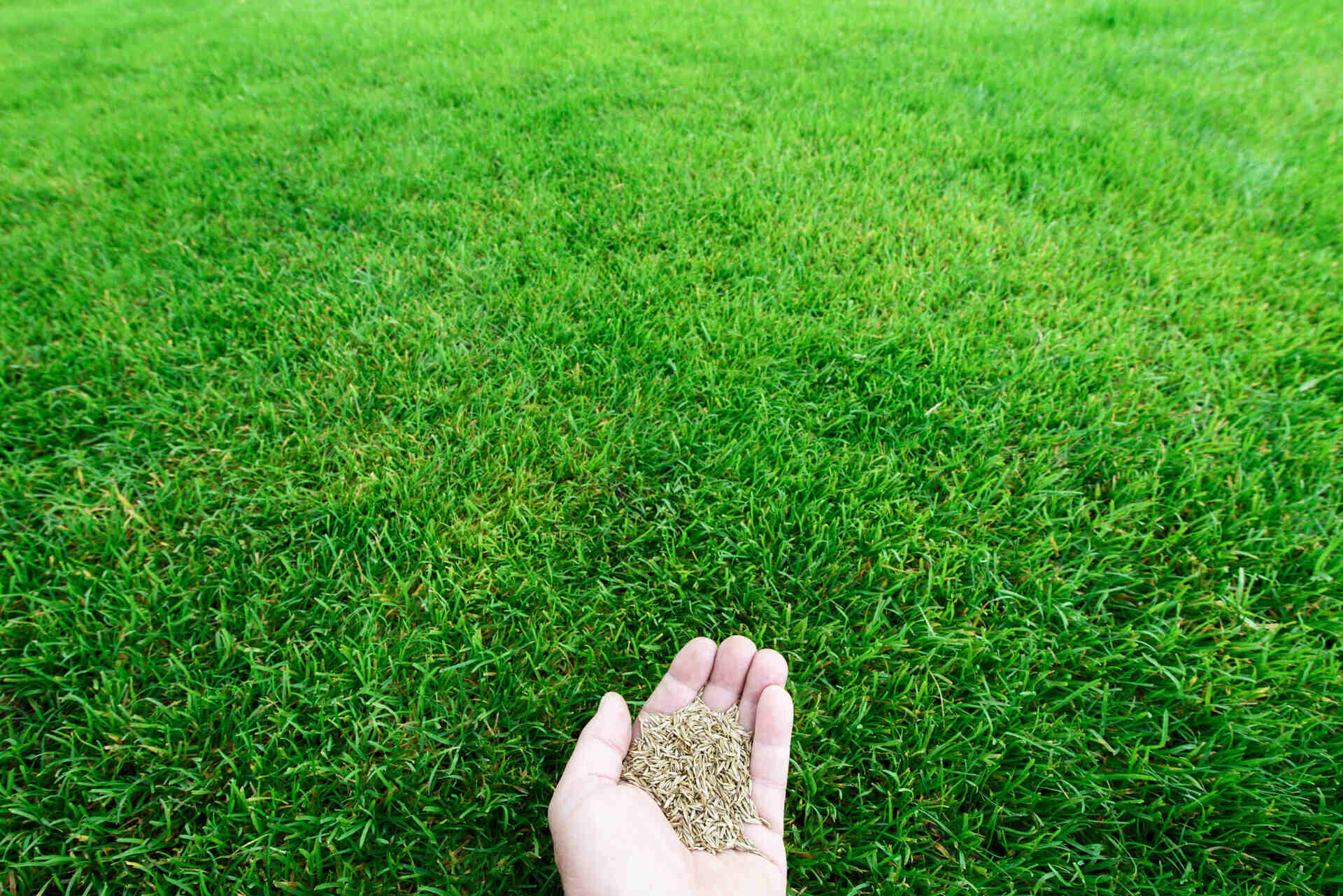



0 thoughts on “Lawn Care: When To Use Lime”